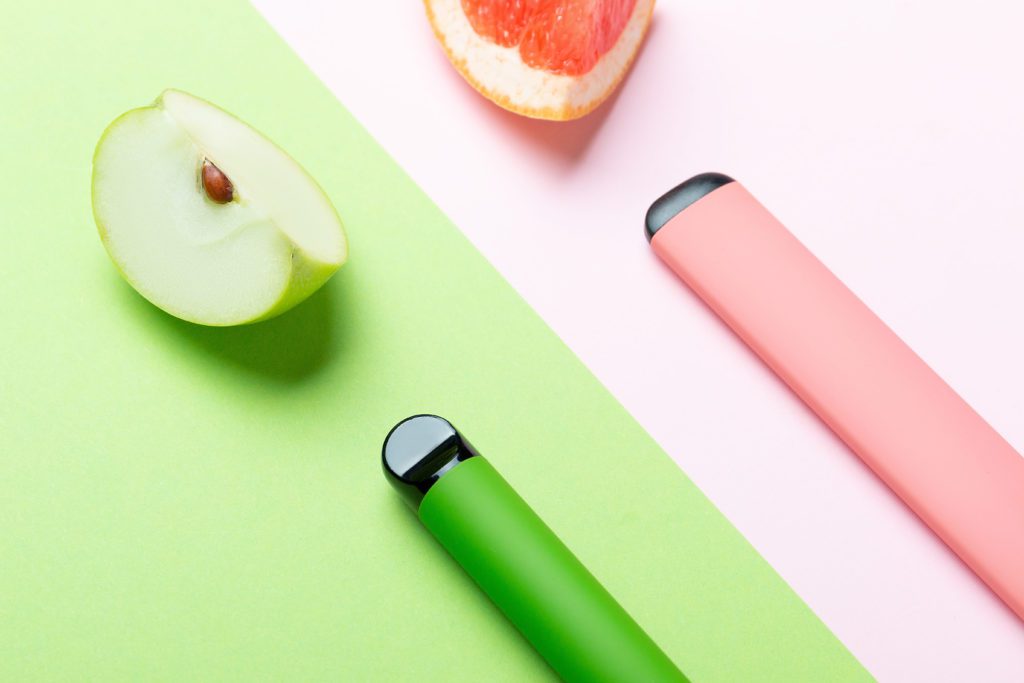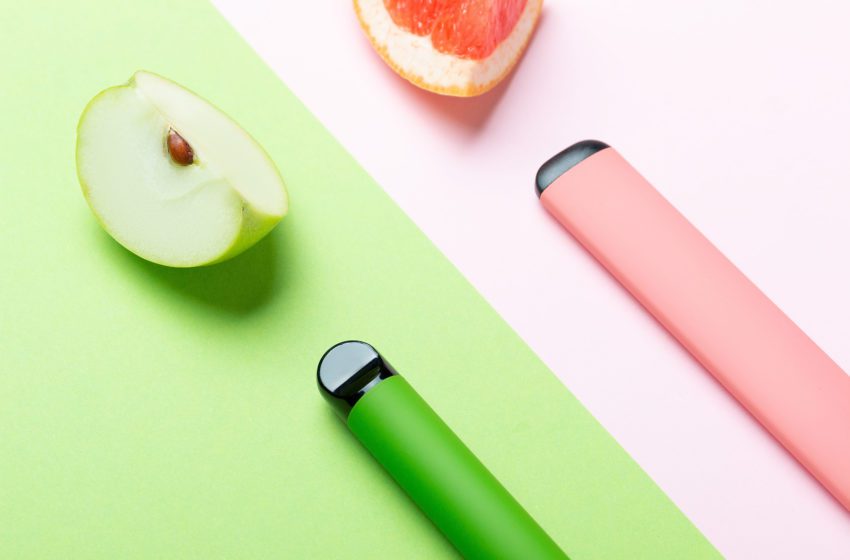
E-liquids marketed as tobacco-flavored contain higher levels of sweet and fruit-flavored chemicals today than they did a decade ago, according to a new study published on Nov. 3 in a special supplement to Tobacco Control.
This recent development coincides with the U.S. Food and Drug Administration’s ban on the sale of flavors other than menthol and tobacco in cartridge-based e-cigarettes.
To find out if e-cigarettes marketed as “tobacco flavored” contained sweet and fruit flavor chemicals, researchers drew on an extensive database of e-liquid and aerosol flavor chemicals to identify any trends and changes in chemical composition and levels since 2010-11.
They compared the number and amount of flavor chemicals in 63 “tobacco-flavored” e-cigarette refill fluids purchased between 2011 and 2019 and two popular pod-style e-cigarette brands—Juul and Puff.
They found that tobacco-flavored products purchased in 2010 and 2011 had very few flavor chemicals; overall, the levels of which were generally very low.
Nearly two thirds (63 percent) of the refill fluids bought before 2019 had levels of flavor chemicals below 2 mg/ml, and most (84 percent) were below 5 mg/ml.
But the total number and level of flavor chemicals in “tobacco flavored” refill fluids purchased in 2019 and in Puff Bar Tobacco e-cigarettes, were higher than expected.
Among the 13 refill products bought in 2019, more than half (54 percent) had total flavor chemical levels above 10 mg/ml. Products with total flavor chemicals of more than 10 mg/ml contained 1 to 5 dominant flavor chemicals (each more than 1 mg/ml).
The five most frequently used flavor chemicals in “tobacco flavored” e-liquids were fruity and caramellic: ethyl maltol (sweet or caramel, 60 percent); corylone (caramellic, maple, 44 percent); menthol (33 percent); vanillin (25 percent), maltol and triacetin (fruity, creamy, 24 percent).
Nine sweet and fruit flavor chemicals, used mainly in products bought in 2016 and 2019, were at levels above 2 mg/ml.
The flavor chemical levels for Juul Classic and Juul Virginia were below 0.35 mg/ml, while levels of the individual chemicals were, in most cases, equal to, or less than, 0.05 mg/ml.
Different flavor chemicals were used in the Classic and Virginia products, suggesting these were added intentionally to create distinct tastes for each product, according to the researchers.
Puff “Tobacco,” on the other hand, had 27 different flavor chemicals adding up to a total of 34.3 mg/ml. Individual chemicals ranged from 0.03 to 15 mg/ml.
Four flavor chemicals (vanillin, ethyl maltol, ethyl vanillin and corylone), which were the highest (range 2.07–15 mg/ml), are typically used in sweet-flavored e-cigarette products, such as Dewberry Cream, which is popular with young vapers, note the researchers.
For the dominant flavor chemicals found in both brands, levels of vanillin were 300 times higher in Puff than in Juul, while ethyl maltol was 239 times higher, and corylone 41 times higher.
The total number of flavor chemicals used in Puff Bar Tobacco was greater than those found in nearly all (94 percent) the refill fluids evaluated.
“Concern has been raised previously about the safety of flavor chemicals when inhaled at these high concentrations,” the researchers noted.
“Although these particular flavors are Generally Regarded As Safe by the Flavor Extract Manufacturers Association (FEMA) for ingestion, FEMA has not evaluated them for inhalation toxicity.”
In a press note, the researchers said there were two reason for the FDA to identify and quantify flavor chemicals before authorizing Premarket Tobacco Applications (PMTA). “First, flavor chemicals are often used in e-liquids without safety data at concentrations much higher than those found in other consumer products,” they wrote. “Second, our data show that e-cigarette manufacturers are manipulating e-liquid formulations apparently to circumvent flavor chemical regulations.”

